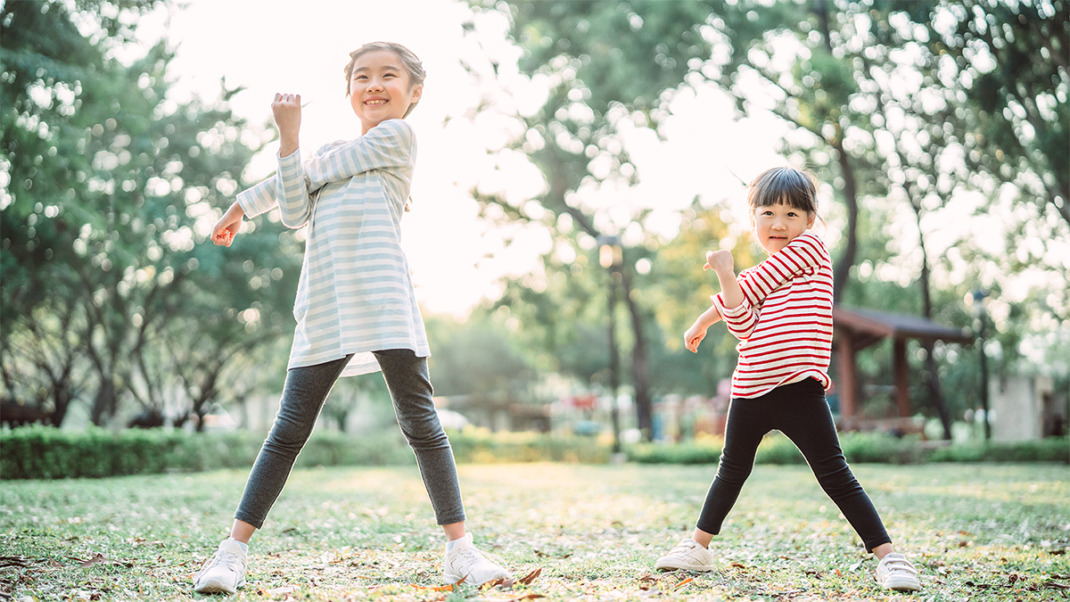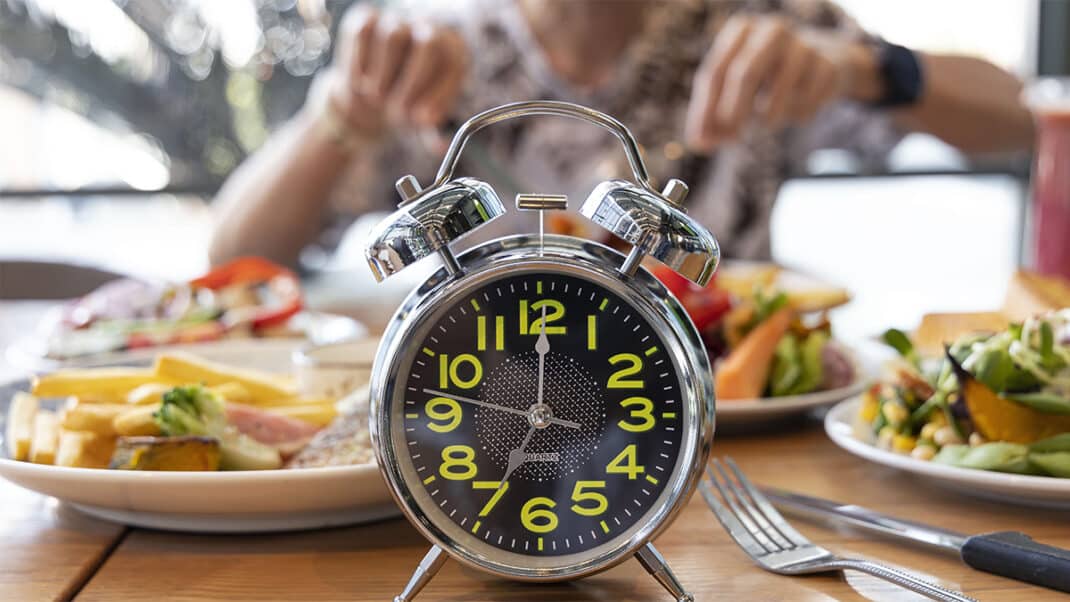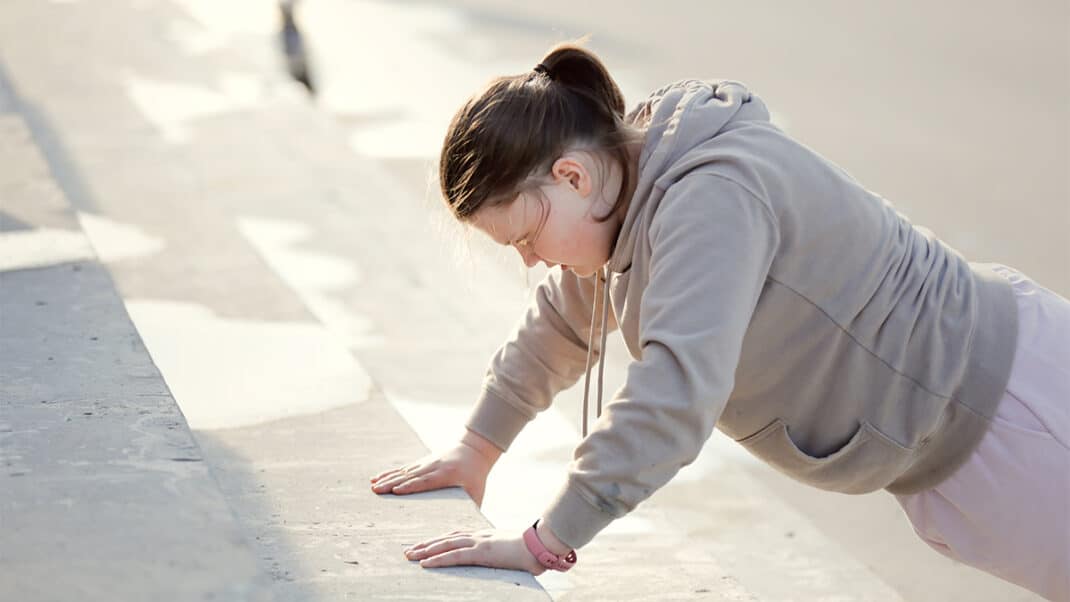Pandemic Pause and Youth Athletics
Help kids return to play and rethink single-sport specialization.
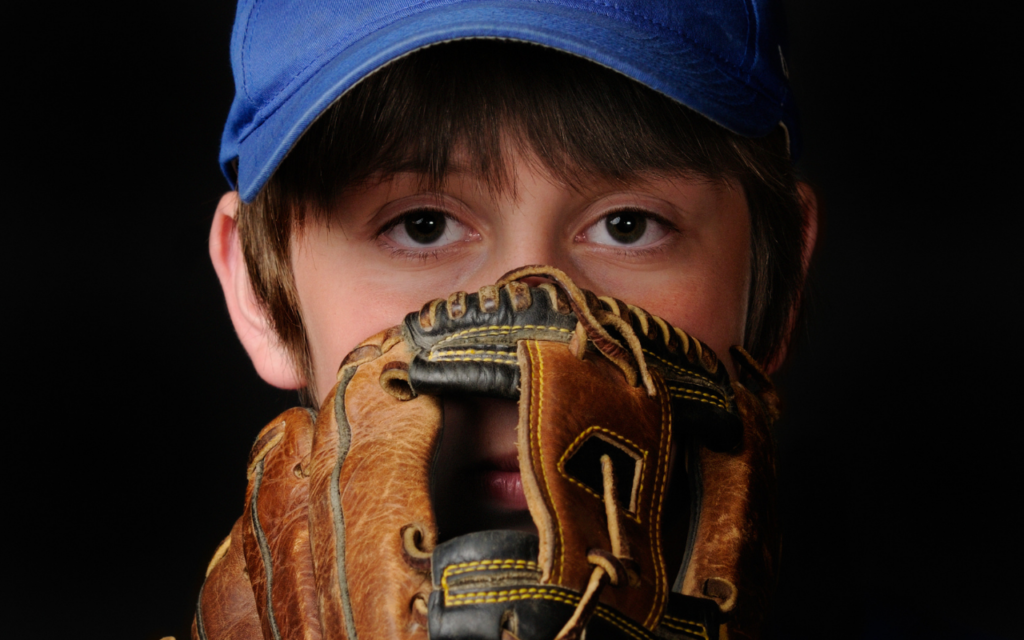
The pandemic paused play time for thousands of budding athletes, and it took a toll. Children and teens not only had to attend school from the confines of their homes, many also had to motivate themselves to get outside and practice their favorite team sport—alone. How did the pandemic affect youth athletics in the United States? According to one expert, there is some cause for concern, and fitness professionals can help.
Henry Ellis, PhD, a pediatric orthopedic surgeon and associate director of clinical research with Scottish Rite for Children Center for Excellence in Sports Medicine in Dallas, surveyed 575 child and teenage athletes, and asked them how the pandemic had affected their sports participation. More than one in 10 respondents reconsidered their sports goals or dreams as the pandemic shut down fields and gyms. This included one-quarter of athletes in their later teens, according to the survey.
Why the change of heart? Ellis concluded that some felt that the pandemic cost them too many opportunities, while others thoroughly enjoyed the break from the training and pressure. “You had a large chunk of kids who said, ‘Boy, training hard is not for me,’” Ellis said in a virtual presentation during the American Academy of Orthopaedic Surgeons annual meeting, Aug. 31, 2021. “I don’t need to necessarily train 10 hours a week. Relaxing is nice, too.”
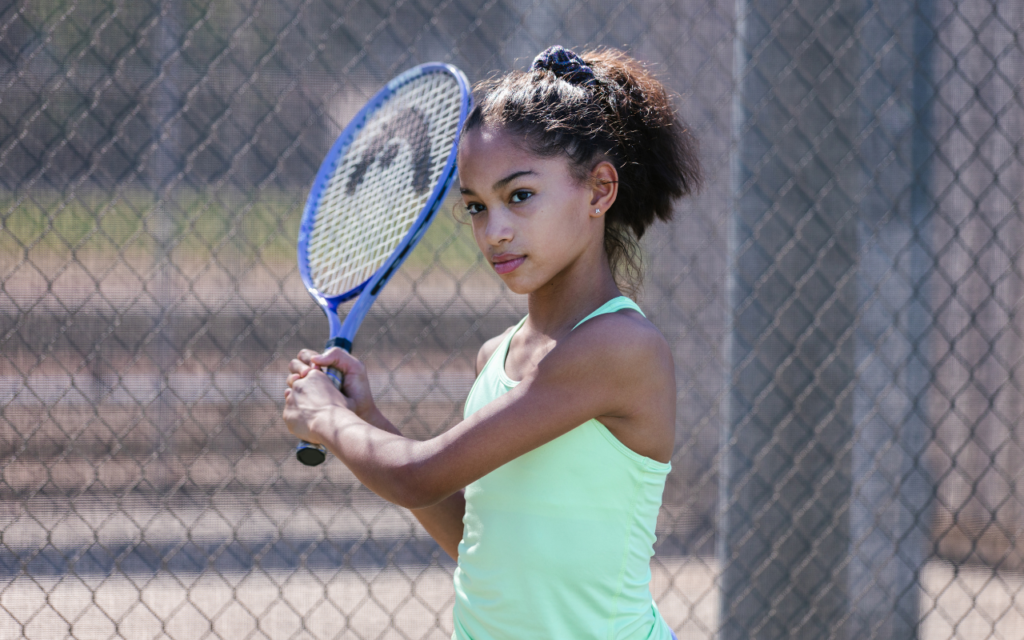
Some kids and parents might want to reconsider single-sport specialization.
More than four of five survey participants were considered high-level athletes, competing at a higher level than recreational or school sports. About three in five said they specialized in a single sport. Brett Klika, CSCS, co-founder, SPIDERfit Kids, San Diego, said the pandemic pause offered a much-needed time out for some. He believes it’s a good move to review and maybe reset expectations about single sport specialization.
“It’s important we establish a mentor relationship with the kids we work with so they want to share their concerns,” Klika said. “Truth be told, kids will often share concerns with us that they won’t even share with their parents. This is particularly true when it comes to sharing their feelings of burnout with single sport participation. Often in these cases, parents are putting a tremendous amount of pressure on kids so the young athlete is afraid to share concerns with their parents. Any notion that 7 days a week, 365 days a year of a single sport might be ‘too much’ could be met with … judgmental assessments from parents.”
See also: Encourage Kids to Choose Fun Physical Activities.
Return to True Play
One troubling outcome of the survey: About one in four youth athletes also struggled with depression during the pandemic, particularly if they specialized and trained hard for one sport.
“If you play one sport, having higher depression scores is of note to us because we start to wonder if those who play multiple sports are better able to adapt to different environments,” Ellis said. “If you focus on one sport at a young age and then it gets taken away from you, maybe you don’t cope with it quite as well.”
Klika agrees. “Understanding that the single sport, early specialization mindset appears to be a contributing factor to an exodus from sports, we can use our time with kids to share non-sport specific opportunities for them to move,” he said. “Varying training in a reasonable way while injecting fun through games and other activities provides even the most sport-specialized kids a valuable multi-sport perspective. They may be burned out on a particular sport, but they enjoy the activities you share with them. You can even guide them toward other activities or sports they may enjoy.”
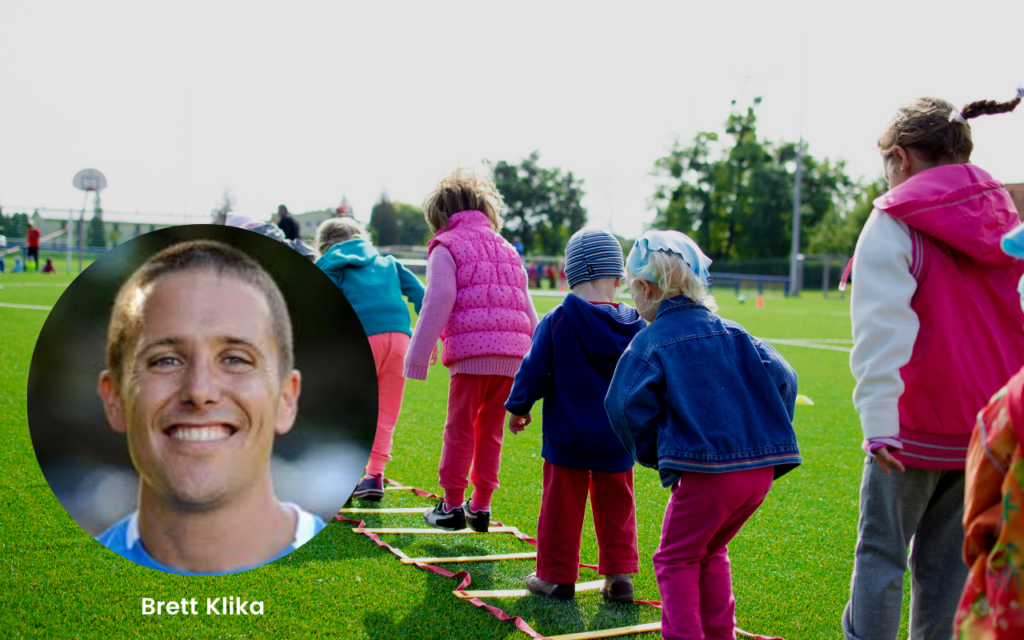
Brett Klika, CSCS, co-founder, SPIDERfit Kids, San Diego, encourages other fit pros to help kids connect with play.
Klika recommends that fit pros “prioritize listening over talking” in order to develop trust. “Frequently ask questions and avoid judgment,” he said. “You can positively steer kids’ behavior more effectively with the right questions versus reigning down on them with a judgmental diatribe. Parents can hurt or hinder the return to sports. It’s important that parents are educated about the downfalls of early single sport specialization and encourage burned out kids to try different sports/activities. This can build momentum to get them back into sports and physical activity.”
“A very small percentage of kids end up becoming elite athletes,” Ellis said. “We need to quit assuming that any kid less than the age of 14 has the ability to be that one-in-a million elite athlete, and we need to foster sports to be fun.”
Klika believes it will take time to determine if the youth sports world has truly changed, or if the current exodus is just a temporary reaction. Either way, he recommends that fitness pros who work with young athletes “advocate for multi-sport participation, provide training programs that develop a variety of skills, and develop a trusting relationship.”
See also: To Grow Healthier, Happier Adults, Raise Fit Kids.
Do you want to help kids get back in the Game?
Joy Keller
Joy Keller is the director of marketing communications & PR at IDEA, and has also served as executive editor of IDEA Fitness Journal, IDEA Fitness Manager, IDEA Pilates Today, and IDEA Fit Business Success. She is also a certified personal trainer, indoor cycling instructor and yoga teacher (RYT 200).

